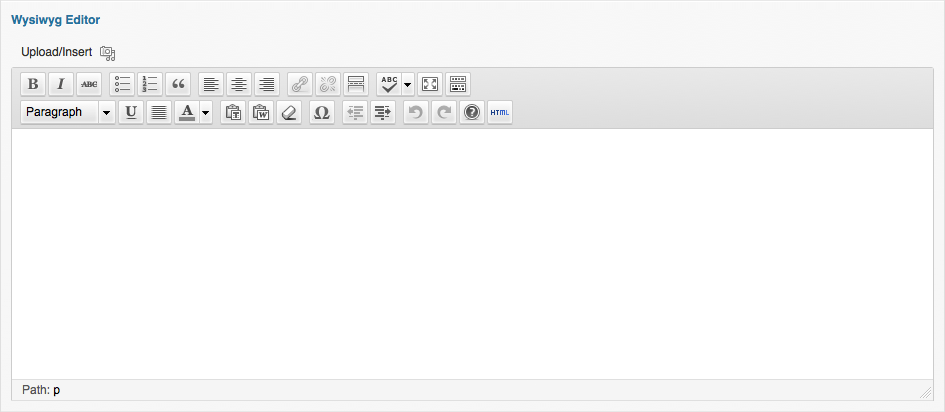Interestingly, the word Internet is never used in the CCSS reading stan-dards (Leu et al., 2011), despite the fact that the writing standards specify the use of “digital sources,” “technology,” and the “Internet” repeatedly (CCSS, 2010, p.41). Because of this, many will ignore instruction in online reading, thinking that the CCSS only references traditional, offline read-ing comprehension. Many may also fail to integrate reading and writing instruction, an important part of any literacy program.
There is a lot wrong with the Common Core standards, so I'm glad this article pointed this out. That is a perspective in the standards I had never thought of before and this gave me a new lens to look at it with


